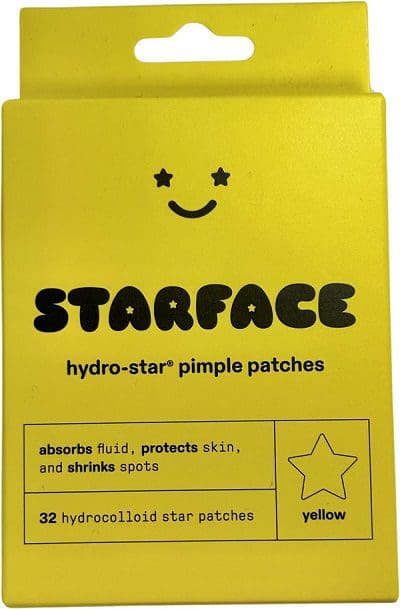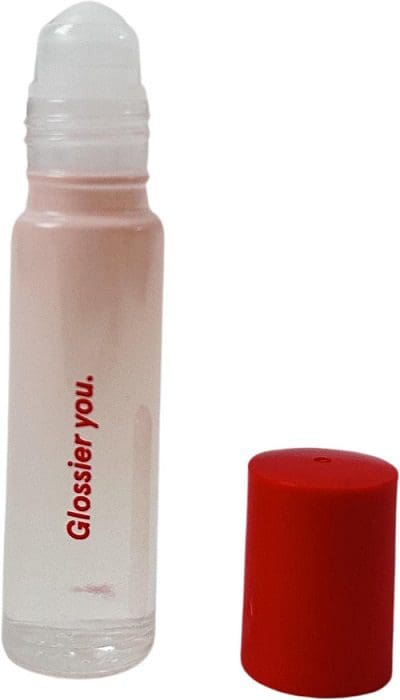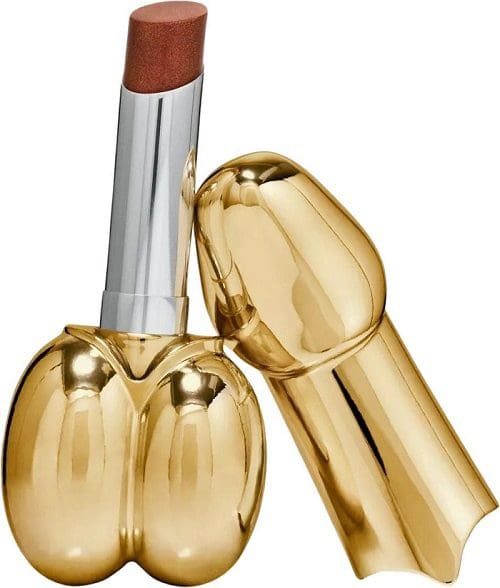The cultural landscape is shifting once again, moving away from the carefully curated ‘clean girl’ image. Two trends – the skyrocketing ‘brat summer’ and the perpetually in-waiting ‘indie sleaze’ – offer a raw, rebellious alternative that promises liberation. Far from polished perfection and the pressure to conform, these movements provide a refreshing escape for consumers and a new angle for brands.
Understanding the Clean Girl Aesthetic
Characterised by slick buns, pastel Pilates attire and a near-clinical approach to self-care, the clean girl aesthetic gained momentum during the pandemic. As consumers turned to social media to cope with the challenges of isolation and boredom, this trend evolved into a hallmark of a new lifestyle focused on wellness and simplicity. It emphasises tidy spaces, elaborate routines and a polished appearance, which resonated with many seeking to establish a sense of order in their lives during times of uncertainty. The trend’s staying power reflects a larger cultural shift towards prioritising self-care and mental wellbeing.
The Issue with Perfection
While there is value in self-care and striving for betterment, the pursuit of the clean girl aesthetic can tip over into promoting unrealistic standards. Ironically, this lifestyle often leads to overconsumption, contradicting its minimalist ideals. In addition, it cultivates a culture of perfectionism that diminishes individuality and autonomy while promoting a narrow definition of femininity. Such pressures can create unhealthy habits and ultimately hinder true empowerment.
Moving on from the Barbie Craze
In the summer of 2023, the Barbie craze took popular culture by storm, celebrating visual opulence and a nostalgic return to childhood. While this phenomenon encouraged self-expression and creativity – and was hailed as feminist by some – it also mirrored some of the same unattainable standards seen in the clean girl aesthetic. The idealised version of Barbie, with her flawless figure, glamorous lifestyle and unwavering smile, sets a high bar for beauty and success. The pressure to embody this ideal can provoke unrealistic comparisons and feelings of dissatisfaction, turning what should be a joyful experience into a pursuit of perfection. As with the clean girl aesthetic, ‘Barbiecore’ can overshadow the importance of embracing one’s unique identity and flaws.
Enter Indie Sleaze
At first glance, Barbie’s pink naiveté and the gritty allure of indie sleaze may seem unrelated, but both are connected by a nostalgic sentiment. Barbie evokes childhood memories, reminding consumers of simpler times filled with imagination and play.
By contrast, indie sleaze embodies the aesthetics and attitudes of the early 2000s. Visually, the look is loosely characterised by vintage-inspired fashion, graphic tees and an eclectic blend of styles, all combined with intentionally unkempt hair and makeup (think Effy Stonem, Cory Kennedy and, of course, Pete Doherty). By tapping into a spirit of rebellion and individuality, the trend resonates with both Gen Z and Millennials. For the latter, indie sleaze provides a nostalgic escape, connecting them to their formative years.
The Emergence of Brat Summer
Rather than relying on sheer nostalgia as a coping mechanism, brat summer offers an alternative response to societal pressures. While both brat summer and indie sleaze reject the hyper-curated images that dominate much of social media, the ‘bratty’ lifestyle celebrates unfiltered self-expression in the here and now.
Popularised by artists like Charli XCX, Julia Fox and Gabbriette, the trend encourages individuals to wear what they love, especially if it defies traditional beauty standards. From haphazardly applied eyeliner to DIY nail art, brat summer represents a rebellion against the overwhelm of societal pressures and the commercialisation of femininity. Contrary to the ‘hot girl summer’ of 2019 and 2022’s ‘feral girl’, it is less overtly sexual and more focused on reclaiming power through self-expression. It is also much less focused on consumption than Barbiecore or the clean girl aesthetic. According to Charli XCX, a brat summer “can go […] quite luxury, but it can also be so trashy. Just a pack of cigs, a Bic lighter and a strappy white top. With no bra. That’s kind of all you need.”
Bringing Brat Summer into Beauty
The brat movement offers beauty brands a chance to reevaluate their marketing strategies and consumer engagement. To genuinely connect with the trend, brands should:
1. Celebrate imperfections: Actively showcase real people over polished images. By highlighting a wide array of skin tones, ages, imperfections (including blemishes) and lifestyles (think: unapologetic party girl), brands can create a more authentic connection with their audience.

The star-shaped patches from Starface promise targeted relief against pimples thanks to the hydrocolloid they contain
2. Incorporate DIY culture: Foster creativity by offering products designed for customisation and experimentation. Options could include a lipstick maker, a skin-scent enhancing fragrance and colourful tapioca bubbles to be popped into moisturiser. By empowering consumers to curate their beauty experiences, brands can align with the brat trend’s playful spirit.

3. Engage authentically: Leverage social media to foster genuine dialogue with consumers. Building community through interactive content, user-generated campaigns and co-created product launches can create a safe space for people to express themselves.
4. Prioritise collaborations: Partner with artists, influencers and creators who embody the brat spirit and reflect diverse backgrounds. These collaborations enhance credibility while also reaching new audiences.
5. Bring back the fun: From supersaturated eye paint to phallus-shaped lipsticks – a true brat is drawn to anything that’s fun and a touch hedonistic. Consider delving into the vibrant and whimsical to bring a new level of enjoyment to consumers.

By implementing these strategies, beauty brands can engage with the brat phenomenon in a compelling way. This approach not only strengthens brand loyalty but also strikes a chord with consumers looking for authentic connections.







